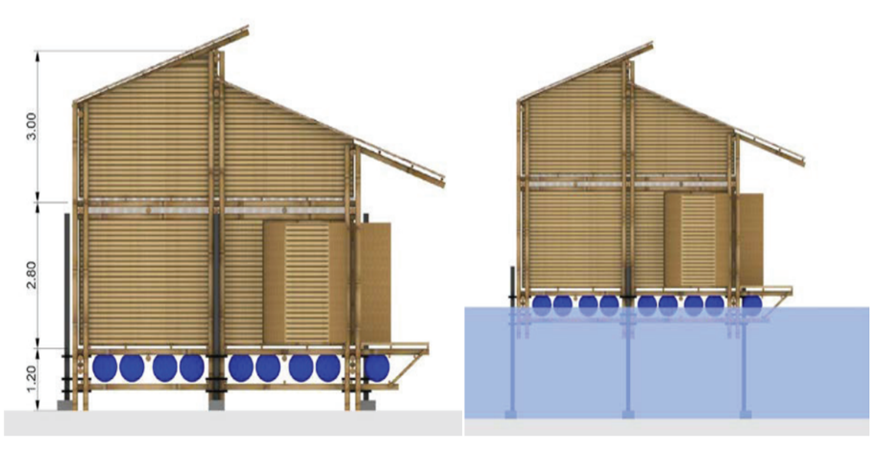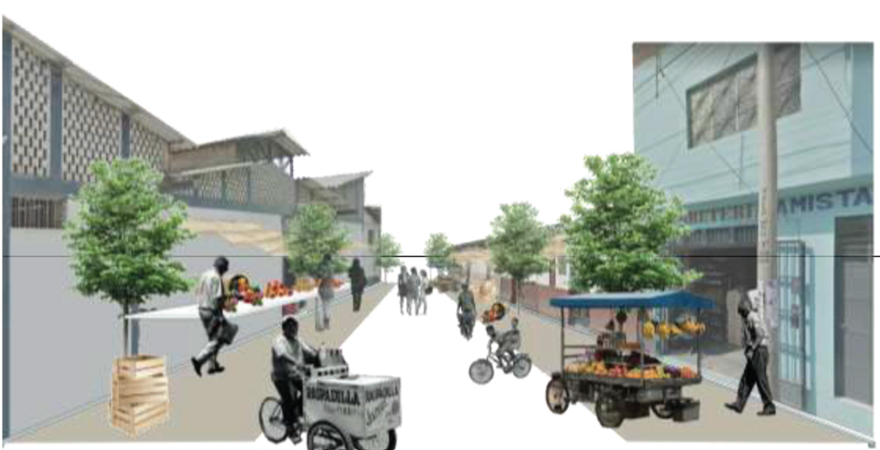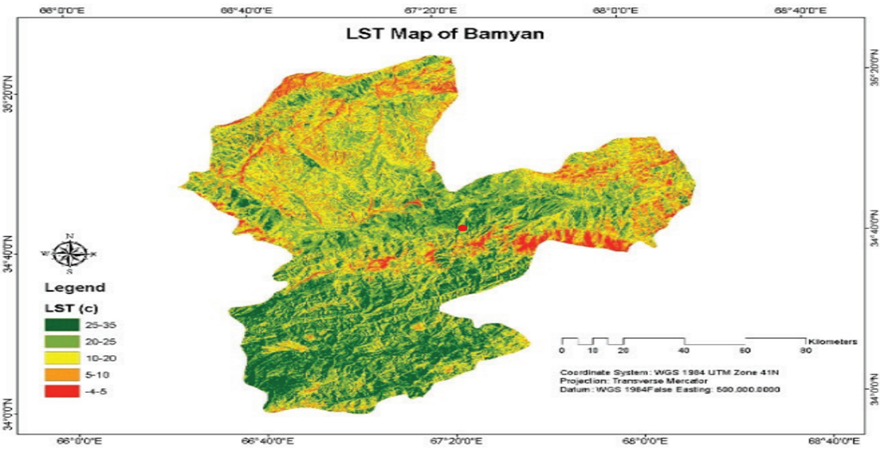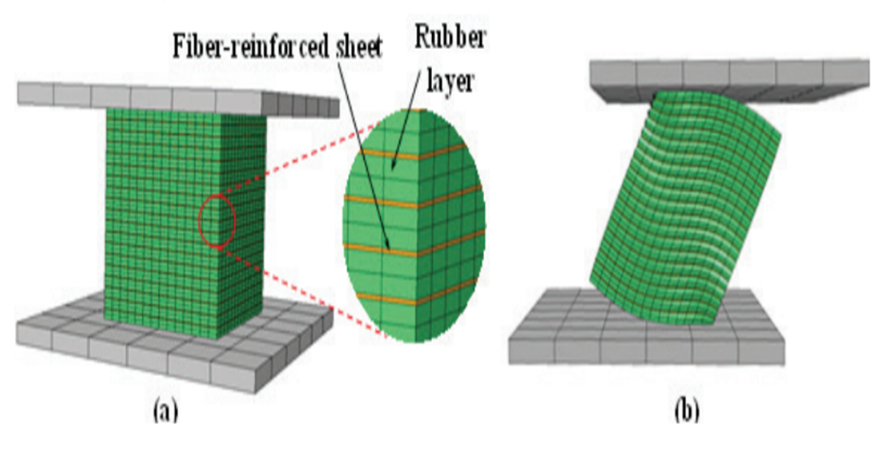- +91-11-4044-5999
- info@cdri.world
-
Copernicus Marg, New Delhi, INDIA
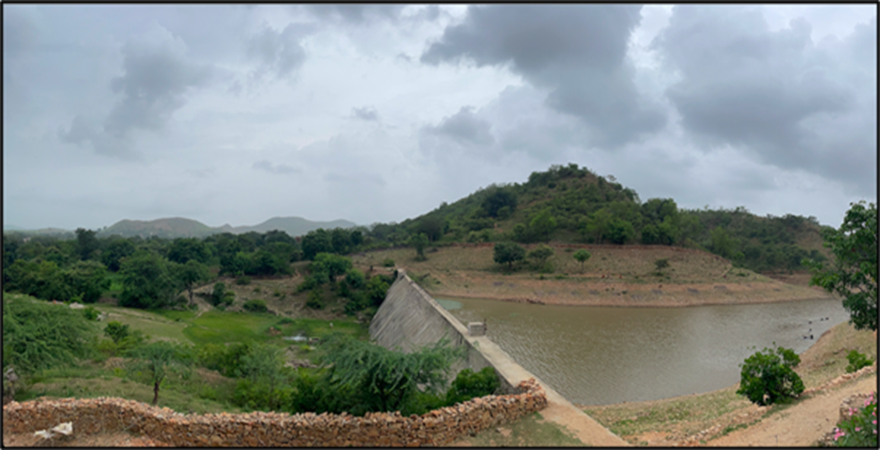
Monitoring and evaluation in drought-proofing plans: Exploring the potential of a social audit framework
Ms Srishti Singh, Ms Ananya Goyal, Ms Meghna Yadav, Ms Akanksha Vardani
NAFED, Delhi, India
Abstract: A people-centric approach is pivotal for building disaster-resilient infrastructure. However, it is not just sufficient to include the community in its construction but they should also partake in Monitoring and Evaluating (M&E) of the infrastructure. Using two case studies of participatory M&E models for disaster resilient infrastructure, NREGA Social Audits and Seva Mandir Gram Vikas Committee model, principles for effective monitoring and evaluation for resilience were identified. The principles include empowering the community to monitor water security infrastructure; iterative, regular, and flexible evaluation; and institutionalizing feedback loops for learnings generated in the M&E process among others. The key takeaway is that participatory approaches, combined with multi-dimensional indicator tracking, can help build a loop of learning that can identify vulnerabilities in time. This holds relevance for organizations such as the National Rainfed Area Authority or donor-led resilience infrastructure projects, which can adapt their expert-led evaluation techniques with components such as public hearings. Long-term engagement of the community can then be institutionalized as the community has a long horizon presence in the region of developed infrastructure and the greatest incentive with continued water security and disaster resilience in the region. It is this alignment of incentives with resilience that could be harnessed by well-designed participatory M&Es.
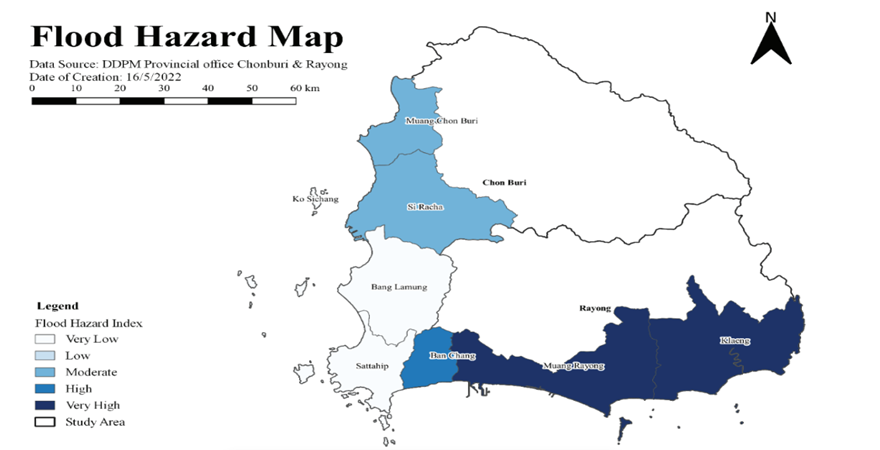

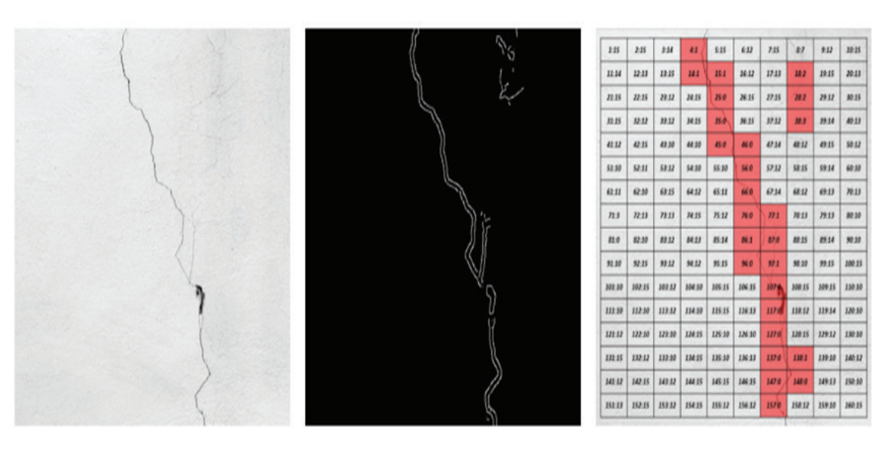
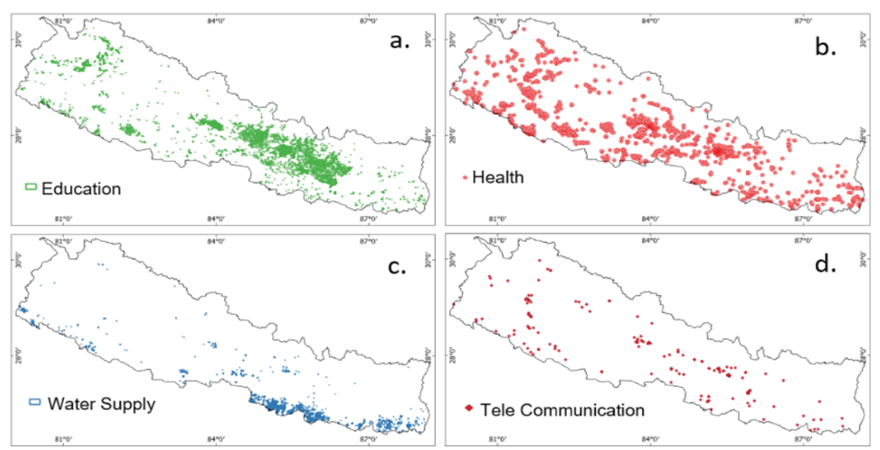
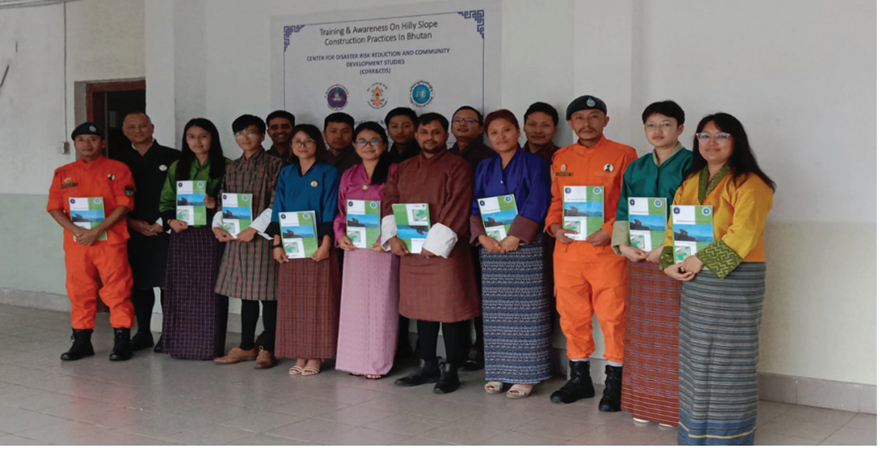
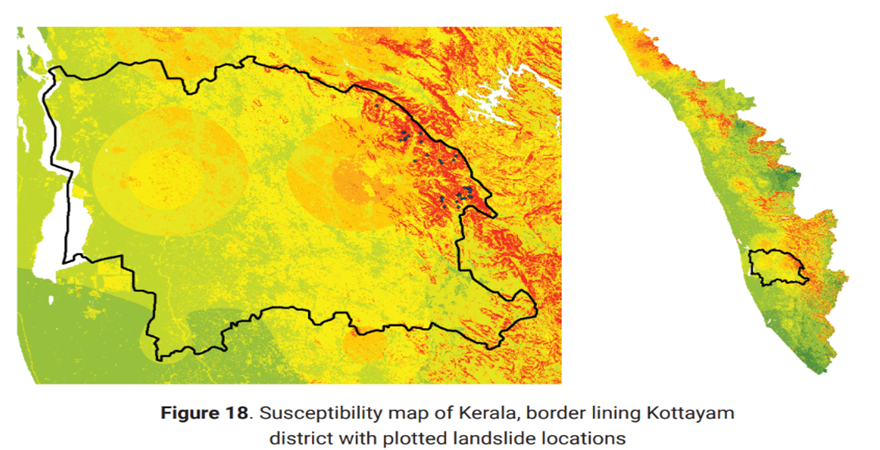
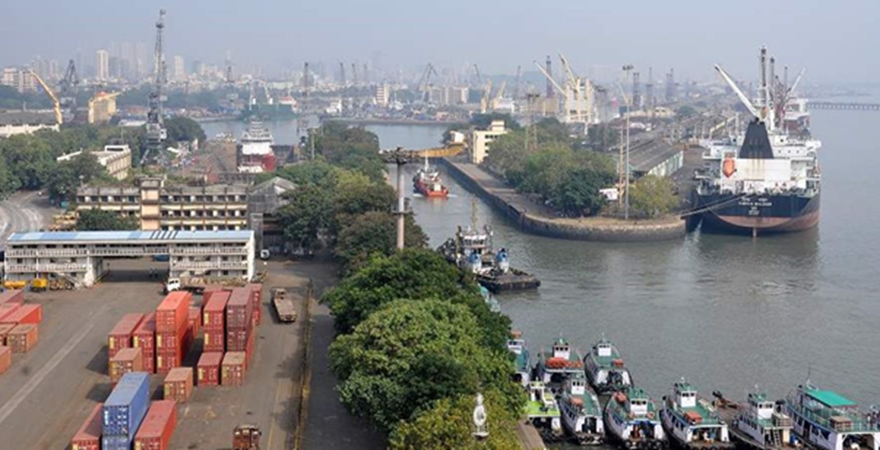
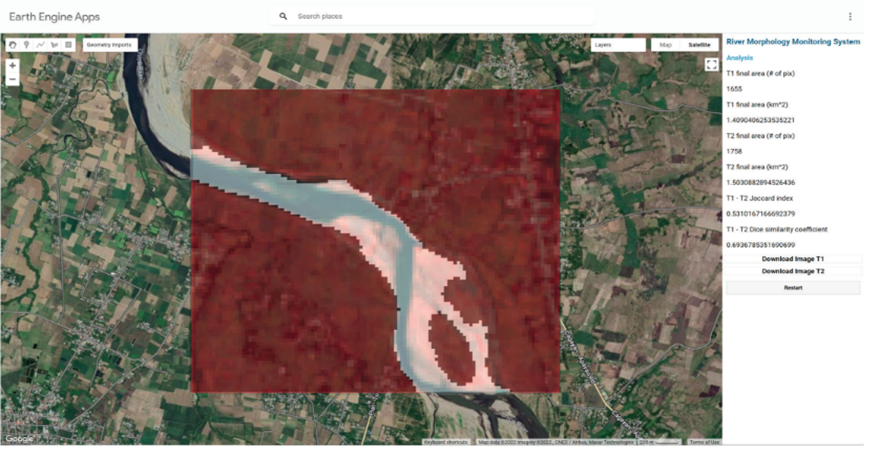
.png)
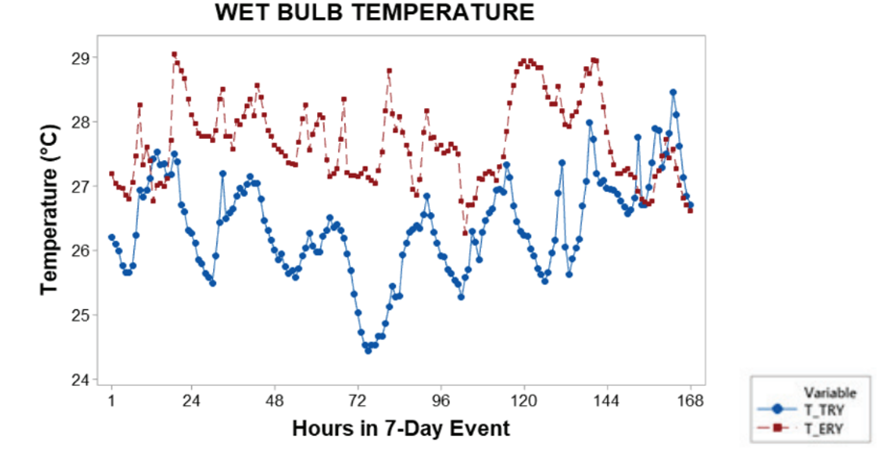
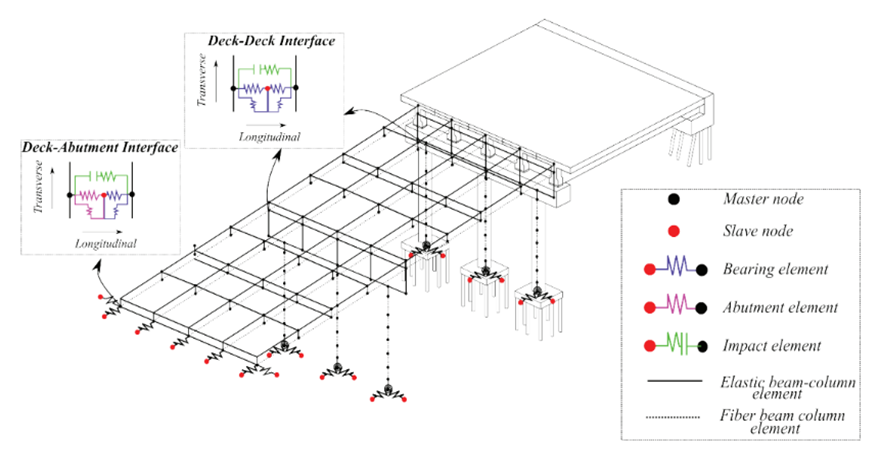
.png)
, nepal.png)

